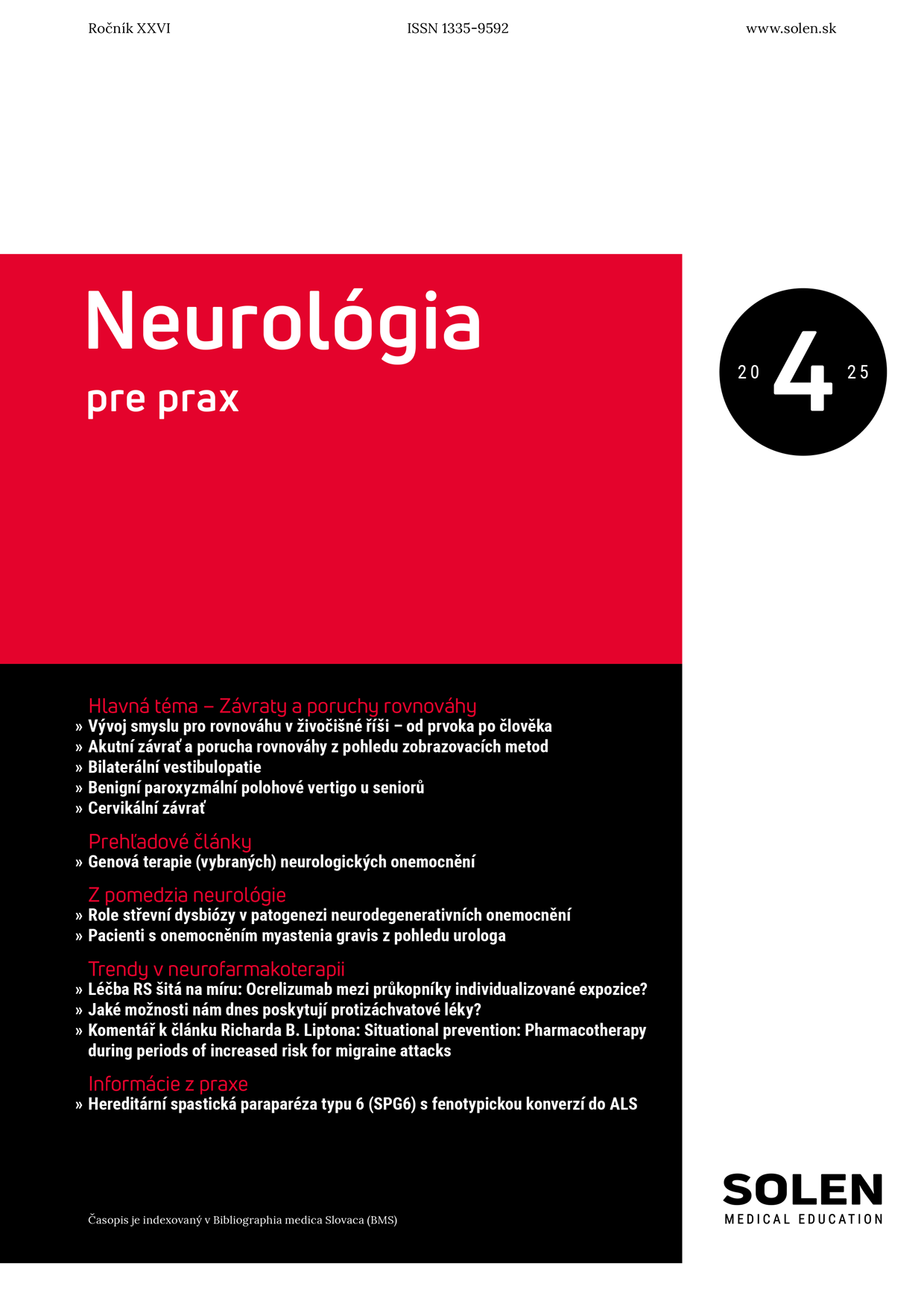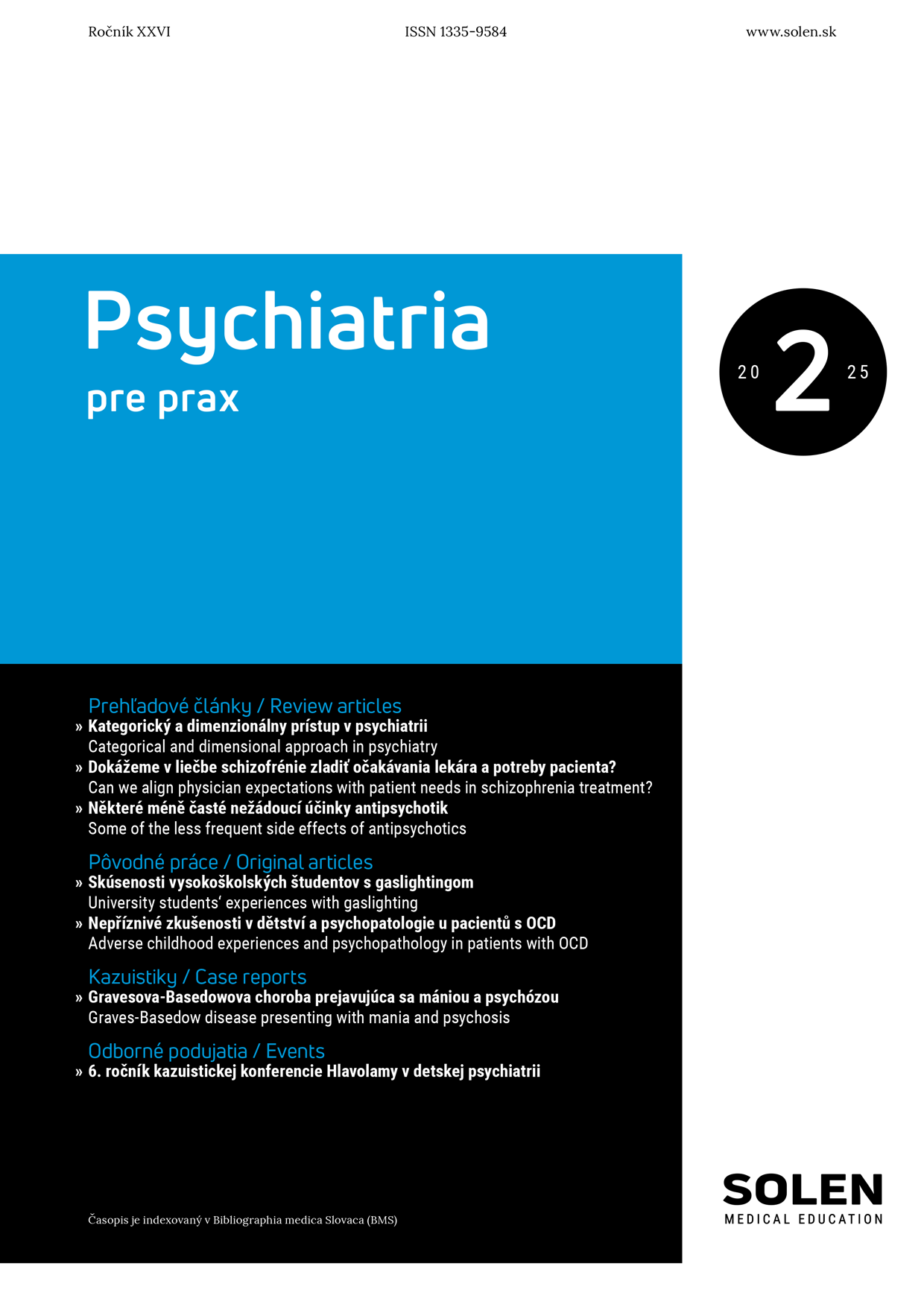Onkológia 6/2008
HPV INFECTION AND CERVIX UTERI: GENETIC BASIS OF MALIGNANT CELL TRANSFORMATION
The most important step in cervical carcinogenesis includes infection of the metaplastic epithelium localized in transformation zone (T-zone) or after microtrauma of squamous epithelium by human papillomaviruses with high oncogenic risk (HR-HPV). The integration of HR-HPV DNA into cellular genome initiates expression of viral oncogenes E6 and E7 leading to irreversible multi step process of malignant transformation of cell. Malignant cell transformation is associated with development of cervical intraepithelial neoplasias of different degrees. Transformed cells develope gradual genome instability and gain advantage of accelerated proliferation. One of the most important genetic marker for early detection of pre-malignant cervical intraepithelial neoplasia (CIN1 – 3) is HPV DNA detection and in CIN of higher grades (CIN 2 – 3) also E6/E7 HPV oncogene expression detection. According some authors, both the p16INK4a and Ki67 expression assays in cytological and histological material can improve the diagnostics of CIN of higher grades.
Keywords: HR-HPV, cervical intraepithelial neoplasia, CIN, p16 (INK4a), Ki67

















